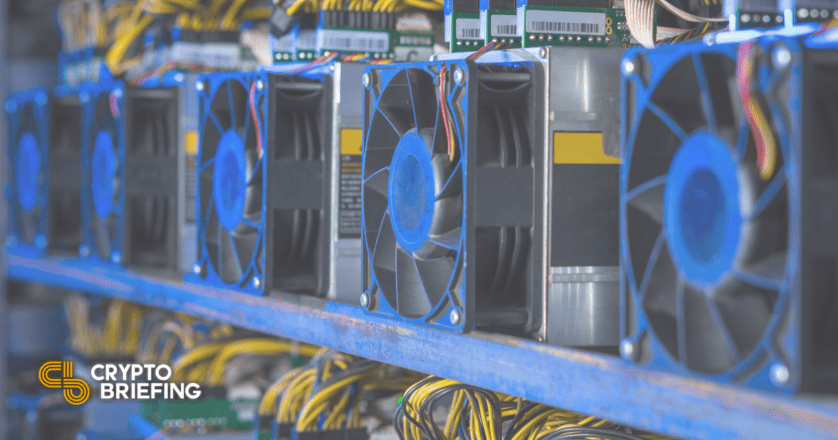Is Intel Building an Eco-Friendly ASIC?
Environmental concerns, particularly over Proof-of-Work mining, have held back the digital assets space.

Key Takeaways
- Intel is scheduled to present its “Bonanza Mine” processor at February’s ISSCC conference.
- Details on the new Bitcoin mining hardware include that it is “ultra-low-voltage” and “energy-efficient.”
- Intel has been working on the problem of efficiency in blockchain validation for years.
Share this article
Intel is scheduled to present its new energy-efficient “Bonanza Mine” processor at the upcoming International Solid-State Circuits Conference this February. The processor is described as “an ultra-low-voltage energy-efficient Bitcoin mining ASIC” and it may represent a more environmentally-friendly means of mining Bitcoin.
Intel Innovates in Bitcoin Mining
The world’s largest semiconductor manufacturer may enter the Bitcoin mining hardware market with a more eco-friendly product.
Intel is scheduled to present “Bonanza Mine: An Ultra-Low-Voltage Energy-Efficient Bitcoin Mining ASIC” at this February’s ISSCC conference, according to the event’s agenda. The language of the title would suggest that Intel is interested in bringing a more environmentally-friendly ASIC to the market.
ASICs, or application-specific integrated circuits, are processors that are tailored for particular rather than general uses. Bitcoin is primarily mined via ASICs rather than CPUs or GPUs.
While details of Intel’s plans are still unclear, there are hints as to its direction in this regard. In Nov. 2018, the company filed a patent for an “optimized SHA-256 datapath for energy-efficient high-performance Bitcoin mining.” SHA-256 is the cryptographic hash function used in Bitcoin’s Proof-of-Work mining algorithm.
Furthermore, Intel’s senior vice president and general manger of accelerated computing systems, Raja Koduri, confirmed last month that Intel was working to solve various problems in terms of blockchain validation efficiency. Koduri said that “being able to do much more efficient” blockchain validation was a “pretty solvable problem,” and that Intel had plans to share certain “interesting hardware” in the near future.
Bitcoin mining currently consumes an estimated 137.4 terawatt-hours of electricity per year—more electricity than many nations consume. However, a sizable portion of this electricity is expended from renewable sources, as the University of Cambridge estimated in 2020 that 39% of “Proof-of-Work” mining “is powered by renewable energy.”
Intel is scheduled to present Bonanza Mine on Feb. 23.
Disclosure: At the time of writing, the author of this piece owned BTC, ETH, and several other cryptocurrencies.
